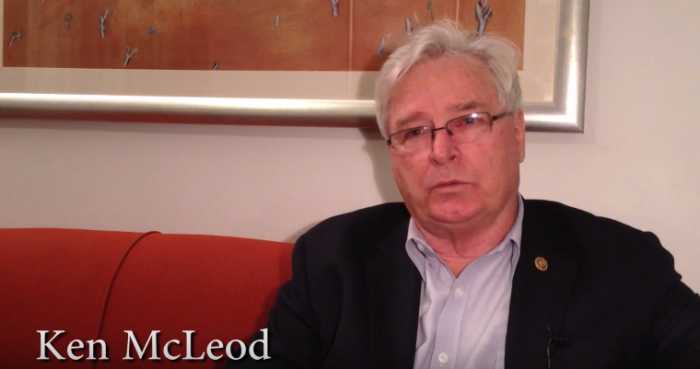Musicians across the world today are facing an epidemic; mental illness. An ever-growing number of musicians are coming forward saying that they have been battling with issues such as depression and anxiety, with a significant amount reporting that they are afflicted by chronic mental illnesses such as bi polar mood disorder and schizophrenia.
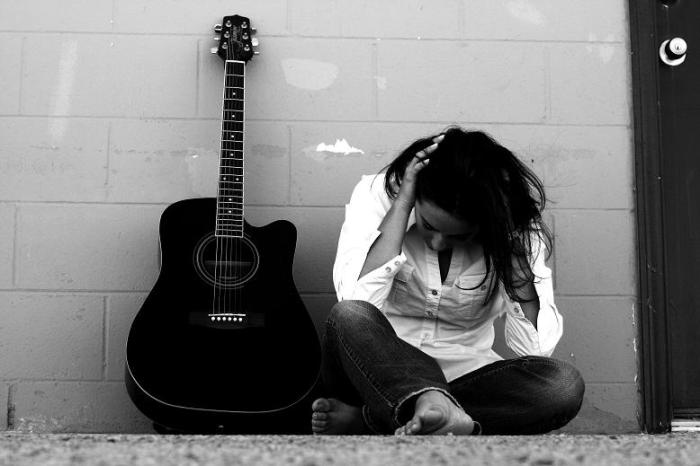
So why is there such a disproportionately large representation of mental illness present in the music community? What factors are contributing to musicians’ afflictions? This paper will first help the reader to analyse the situation of mental illness in the music industry from a global perspective and then look into the issue as it relates to musicians in Australia. The aim is to develop a greater view of the problem by exploring statistics and other factors to determine what variables are similar in all settings and establish common potential contributors to poor mental health in the music industry. The final section will showcase the organisations that are helping to identify potential solutions and exploring what steps can be taken to help musicians who are suffering and get them on the road to recovery before it’s too late.
The prevalence of mental health issues among musicians is now being recognised as a notorious global phenomenon; media outlets, academic institutions and other researchers are beginning to bring to light just how rife this dark side of the music industry is: A study done by Help Musicians UK suggested that over 68.5 per cent of the UK’s professional musicians reported suffered from some sort of depression or similar affliction, and 71.1 per cent had suffered from anxiety and panic attacks. Furthermore, 52.7 per cent of the 2,211 musicians surveyed felt that it was difficult for them to get help. (Help Musicians UK, 2016) These studies suggest that it is possible musicians can be three times more likely to suffer anxiety and depression than the average citizen. Therefore, it is clear that there are fundamental issues present in the music industry today that are wreaking havoc on the mental health of professional and amateur musicians alike.
The case is largely the same for Australian artists. Research conducted by Entertainment assist of 2,904 respondents across all sectors of the Australian entertainment industry found that 25 per cent of Australian performing artists and roadies have attempted or considered suicide. It also was found that those who were suffering did not know how to seek help, and did not feel comfortable discussing their issues with their peers and colleagues. As a matter of fact, according to the research there is a systematic ‘negative culture’ that is described as a ‘toxic, bruising work environment’ ‘bullying, sexual assault; sexism and racism.’ (Entertainment Assist, 2014)
It is possible that there are inherent traits that musicians share that can be attributed to the phenomena of widespread mental health issues. Creativity and psychological well-being have always been a topic of research in psychology: According to the Indian Journal of Psychology “results of various studies and anecdotal reports suggest an increased rate of schizophrenia, manic-depressive disorder, depression, personality disorder or alcoholism in creative individuals.” (Indian J. Psych, 2007) This suggests that the mental health problems that musicians face are the dark underbelly of the mental states that also provide them with “the intense motivation, the conviction, egocentrism, the unconventionality, the imagination and the inspiration so necessary for new discoveries and breakthroughs.”
Furthermore, overactive creative minds that a supposedly large number of musicians have can lead them to turn to substance abuse to “still their overactive minds or to fuel their imaginations when they are feeling emotionally blocked and intellectually inhibited.” There is no hard and fast connection between mental health issues and creative people, yet there seems throughout history to have been an overlapping of creative genius and madness that may help to explain why so many musicians face these problems.
Nevertheless, in today’s world there is a host of challenges and setbacks that artists face in their careers, any one of which could have potential impacts on their psychological wellbeing, let alone multiple of those issues compounding, sometimes at once.
One overarching factor in the suffering of artists is poor pay and unsatisfactory financial compensation for their work: Entertainment Assist data shows that 76.5 per cent of Australian musicians and 65.7 per cent of singers earned less than $30,000 per annum in 2014. Research done by the Australian Council for the Arts suggests that due to financial pressures and having to work other jobs, Australian musicians faced “difficulties maintaining the level of time and energy required to sustain artistic practice.” (ACA, 2013) It was also found that despite spending half of their time on their creative practice, they only earned one third of their income from it.
For new artists emerging in the digital age, earning enough to get by as a working musician is extremely difficult. Without relying on fan donations and crowdfunding, musicians can earn very little for their content. One emerging Electronic Dance Music artist reported that from their 1,023,501 streams on Spotify, they had earned only $4,955.90. (Digital Music News, 2016) What this means for many artists is that they have to rely on touring and playing shows and other events to keep themselves afloat: This almost inevitably means long hours, very little sleep and a constant demand to be performing, and performing well. Olly Alexander, of the British electronica trio Years and Years told Noisey about the pressures of touring: “I have days when I really don’t feel capable of performing or giving a good interview, but you have to do it. You can’t cancel a show or reschedule.” (Jones, 2016)
The extent of pressure from fans and labels doesn’t stop when the tour is over, however: Thanks to the advent of social media platforms like Facebook and Twitter, the actions and decisions of artists are being judged almost constantly. Any member of the public is able to post their opinions on an artist’s song, performance or even something they said in an interview.
This readily available platform for engagement with the artist does not require any sort of qualification. This means that the most hostile, hateful and critical comments are communicated to artists and, thanks to the anonymity of online discussion, trolls, racists, and what can be called haters, are given a unrestricted means of abusing, harassing and denigrating artists with no real repercussions. This can have devastating effects for the artist, particularly if they are inexperienced and, in the past, have relied on fan support to gauge an idea of how they are performing and creating.
Earlier on in his career, Recording artist William Doyle AKA East India Youth would look to social media to check how he was performing: “I have so many memories of finishing shows and just checking the reaction on the internet straight away,” (Murray, 2017) With the breadth of audience interaction at play with social media, the validation that comes from fans can be addictive, and conversely, criticism and other negative comments can have an impact on artist than can lead them down a spiral of doubt and self-deprecation. This addiction to social media is no trivial matter; a lot of artists like William Doyle have decided to completely separate themselves from social media: “There are a lot of things in the industry that can burn you out, and social media was definitely one them for me.” (Murray, 2017)
These forums can bind artists in a vicious trap, as fans begin to gain animosity towards those who do not engage with them on social media, and the pressure to be posting online and broadcasting everything has led artists to feel that they have no privacy, and that they are constantly being judged. This has ushered in a new era of PR that manages artists’ online presence, so that the artist can gain their life back without being the subject of constant scrutiny.
To summarise; low pay combined with an increased pressure to perform which leads to high working hours and lack of sleep can cause musicians to plunge into mental illness or substance abuse. Furthermore, the music industry is full of greed and deceit as those in positions of power, such as labels, try and milk every cent out of an artist and force artists into exploitative contracts that drain them of their emotional wellbeing and artistic and creative potential.
There are charity organisations that are seeking to help musicians facing these problems. Help Musicians UK is a charity fund that offers musicians a number of programs including a creative program; which helps them to be equipped with the skills to network, expand their musical skill set to develop and grow as artists and also a health and welfare program, where they provide support and also financial grants for any medical treatment the musician may need in sustaining their career.
The Australian Entertainment Assist is a health promotion charity that seeks to curb the high rates of mental illness in the Australian entertainment industry by offering programs such as three-hour mental health training sessions that are catered specifically to the entertainment industry as well as information sessions, meetings and promoting awareness of these issues in the public sphere.
The Arts Wellbeing Collective is another Australian organisation constituted of 90 Victorian arts bodies. The project was launched in 2017 and is dedicated to improving the psychological wellbeing of Australian arts professionals by providing counselling sessions and training.
The Australian music charity Support Act is launching a confidential mental health helpline in 2017 designed specifically for musicians struggling with the challenges they face in the industry. CEO Joanna Cave told ABC that perhaps a lot of young musicians are not really taking on board the extent of their mental health problems, and rather just treating it as part of the life of a muso: “I think within music there’s just that sense of people not knowing what to do and not necessarily identifying that that’s what’s wrong, they’re feeling very low, might be drinking too much, but not really figuring out that there’s a health issue materialising there.” (ABC, 2016)
When entering the music industry, a number of young artists are completely unprepared for the logistics and ins and outs of what it takes to have a sustained career as a performing and recording artist, and therefore face unforeseen challenges that take a toll on their stress levels and confidence. These types of initiatives are much needed in an industry that unlike others, has very little support for those facing issues, whether they are still working musicians or they have since retired.
There needs to be a growth of awareness of the issues that musician’s face in trying to sustain their career as artists. As more research unfolds and more groups like Help Musicians UK establish, those in high positions in the industry, particularly record label executives, tour managers and venue owners, can begin to provide better conditions for musicians. Yet, it is not only up to those in the industry, it is also up to the general public to support artists by buying music rather than pirating, by buying tickets and going to shows, and just by engaging with lesser-known artists with a mindset of support.
More importantly we need to remove the stigma that surrounds mental health. Olly Alexander told Noisey; “In our culture there’s still so much inherent shame when we talk about our mental health, and we still don’t talk about it in the same way we do our physical health.” (Jones, 2016) It is not only musicians who are made to suffer in silence due to a fear of alienation and casting out at the hands of a society that does little to face up to and address mental health issues, particularly in the professional world. Nonetheless, the issues that artists face are particular to their lifestyle of performing and recording and trying to stay relevant, and so they need a specific set of solutions that are tailored to them that ensures that they are in a positive mind-state to continue to create and achieve.
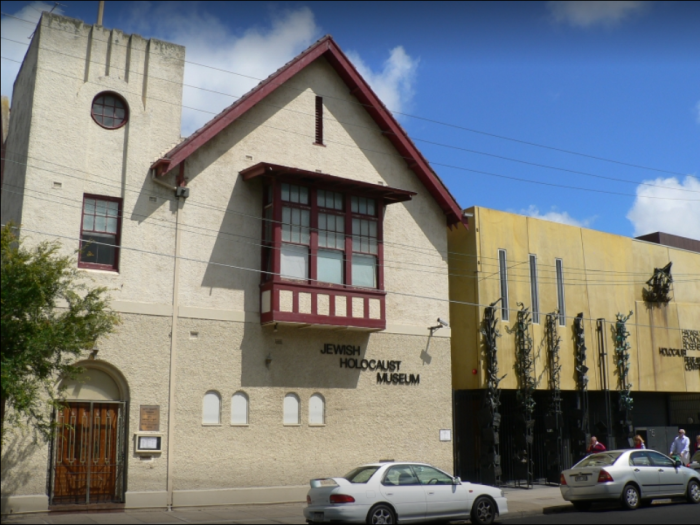

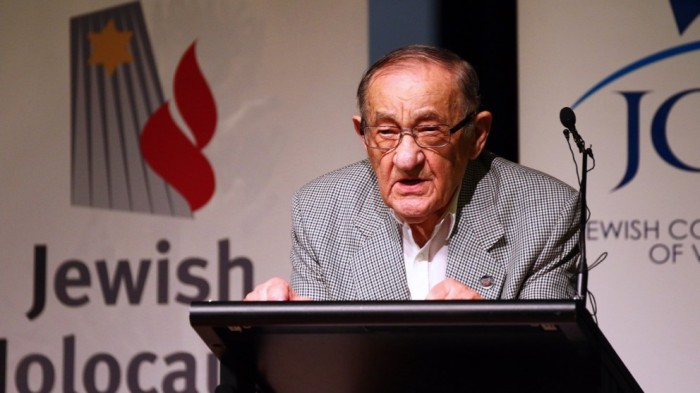



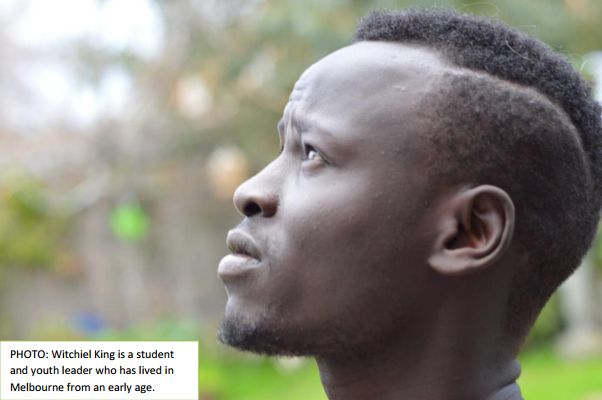
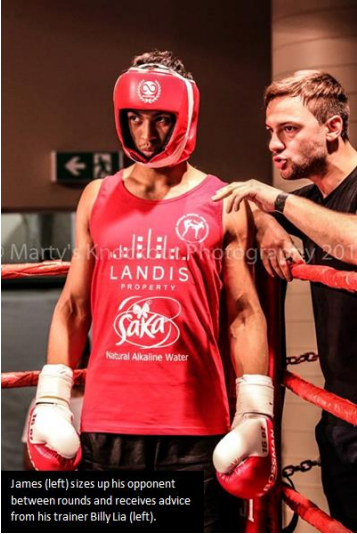 Through tremendous hard work and dedication, James received his black belt in Taekwondo before putting his career on hold to finish his high school studies.
Through tremendous hard work and dedication, James received his black belt in Taekwondo before putting his career on hold to finish his high school studies.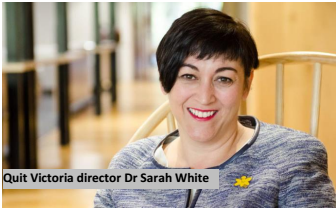 .
.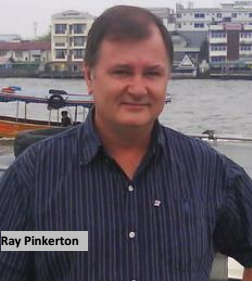 Melburnian Ray Pinkerton is one of those in favour of the ban. Ray, like many non-smokers, finds being subjectdedto others’ cigarette smoke abhorrent.
Melburnian Ray Pinkerton is one of those in favour of the ban. Ray, like many non-smokers, finds being subjectdedto others’ cigarette smoke abhorrent.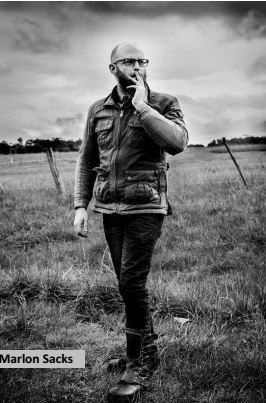 Marlon admits the negative impact second-hand smoke has and is aware of the drawbacks of the habit, but says that it should not be up to government to control how a venue operates like this.
Marlon admits the negative impact second-hand smoke has and is aware of the drawbacks of the habit, but says that it should not be up to government to control how a venue operates like this.
